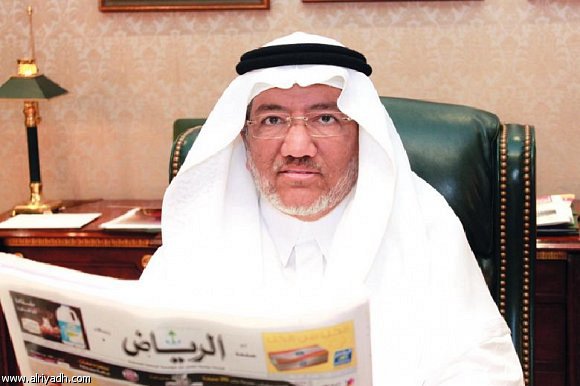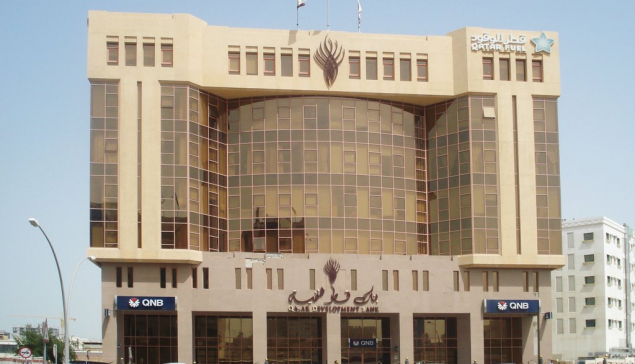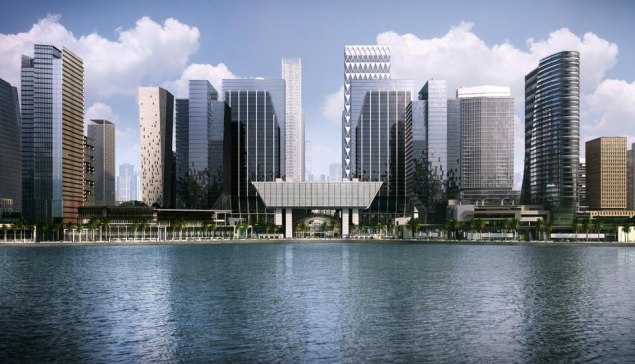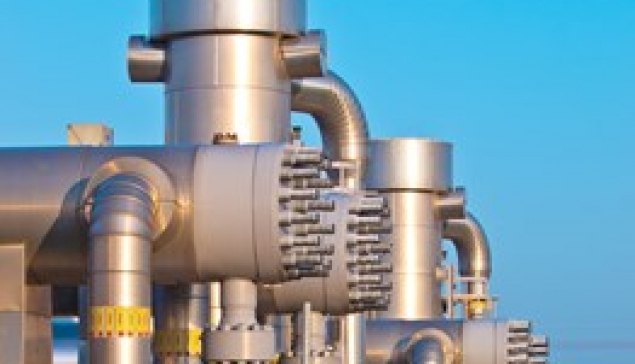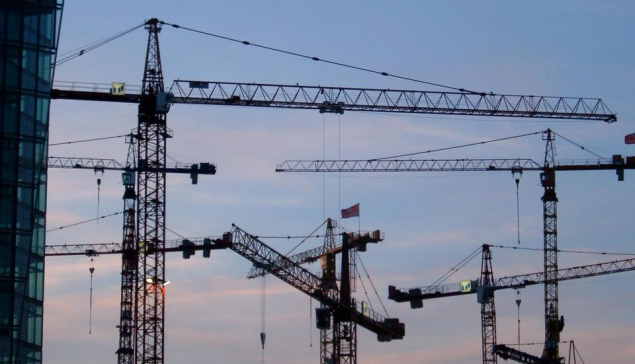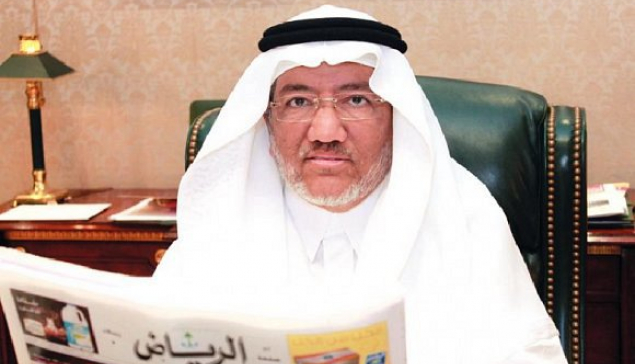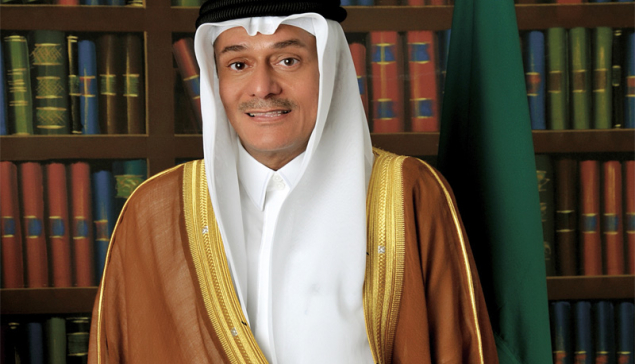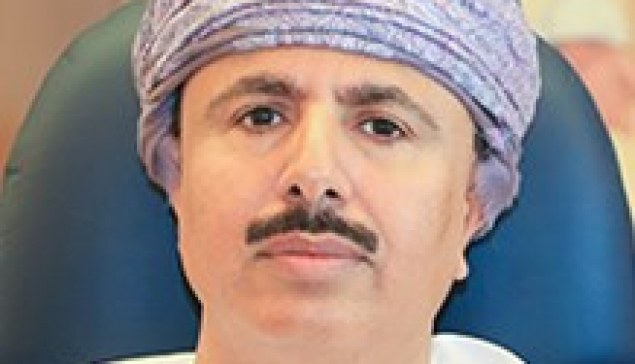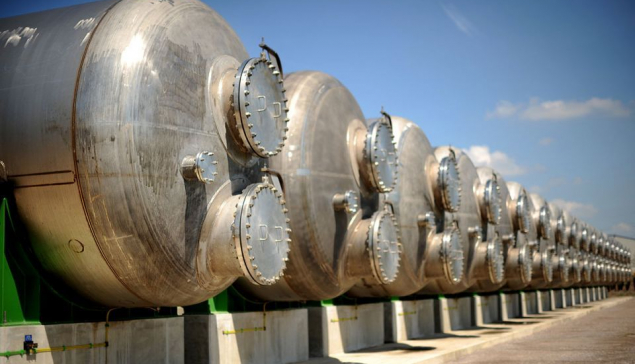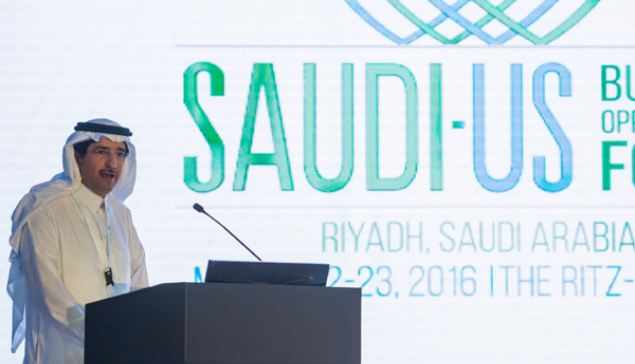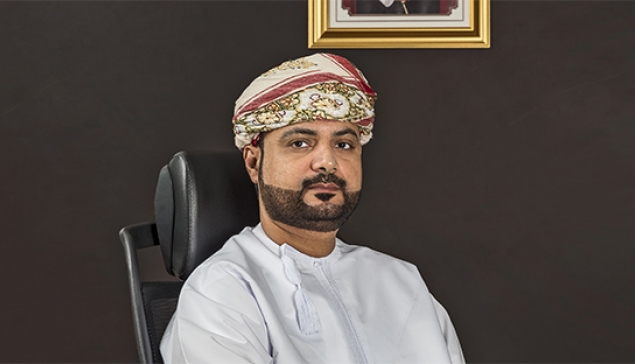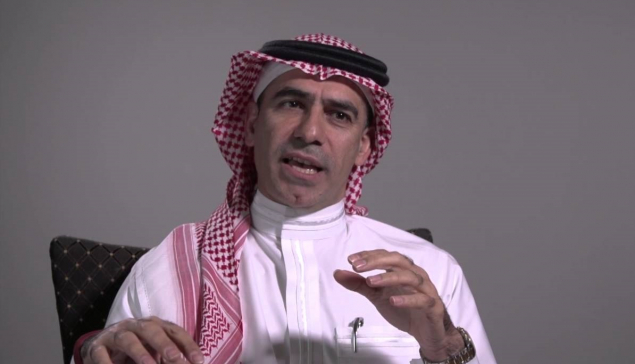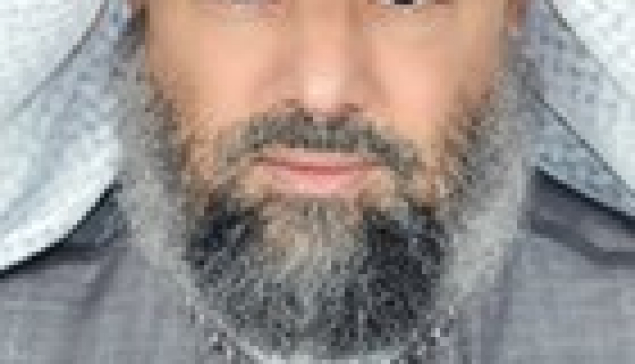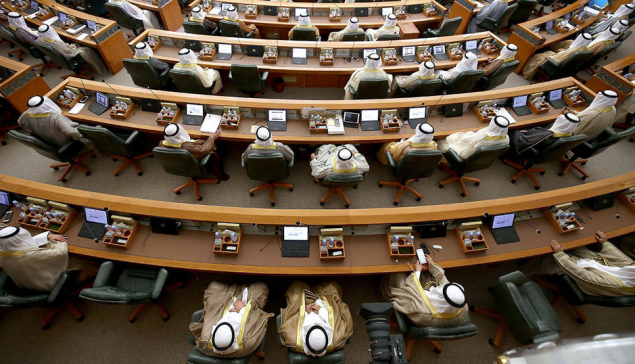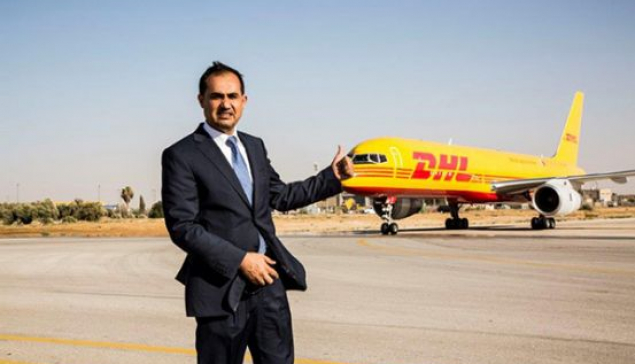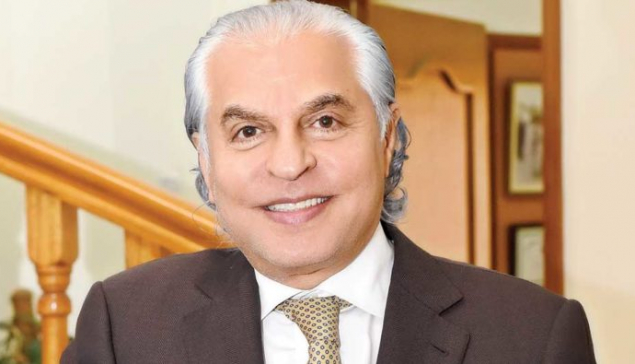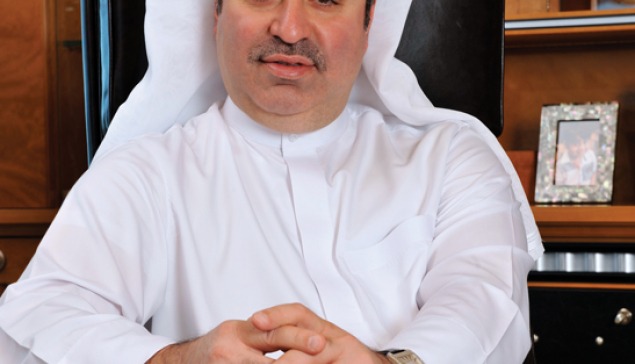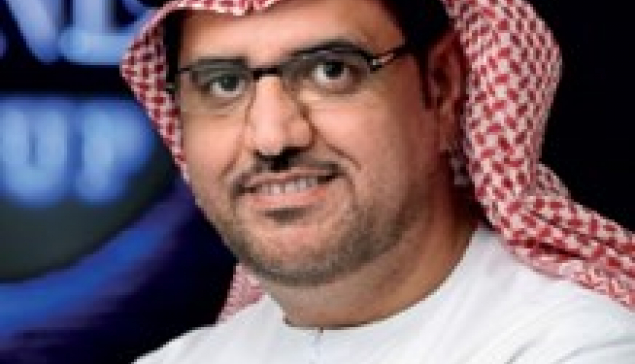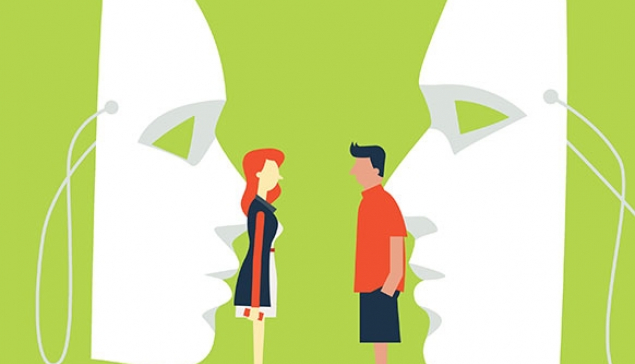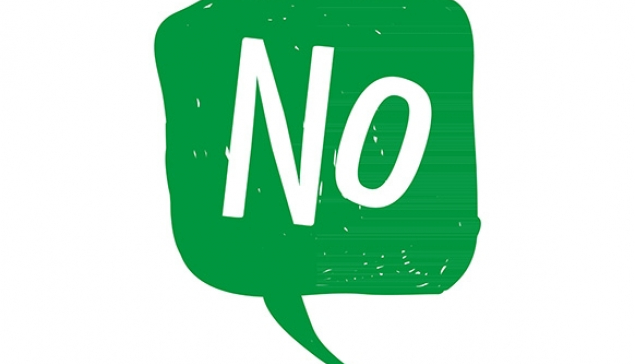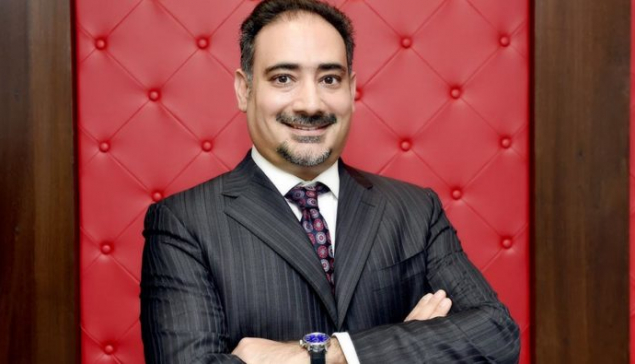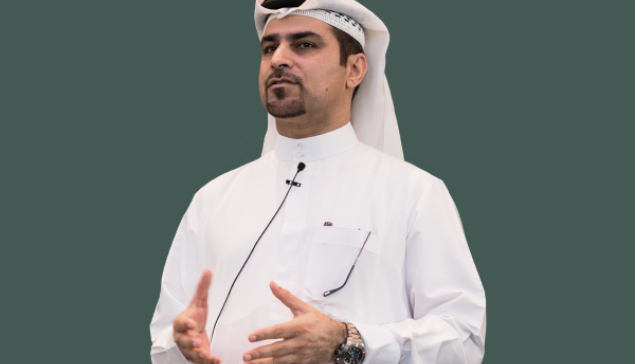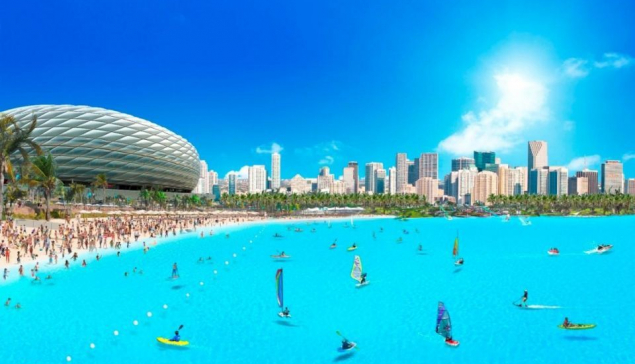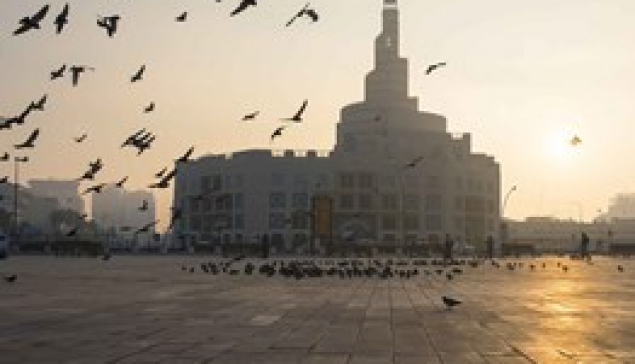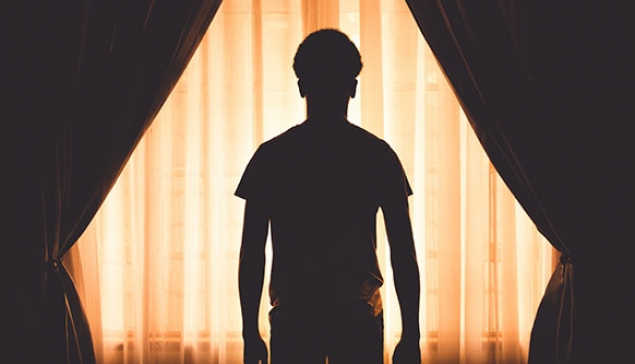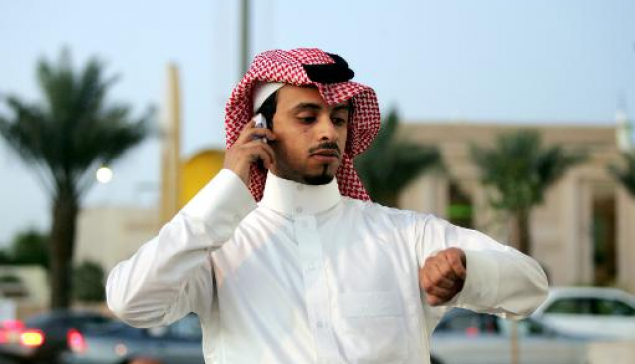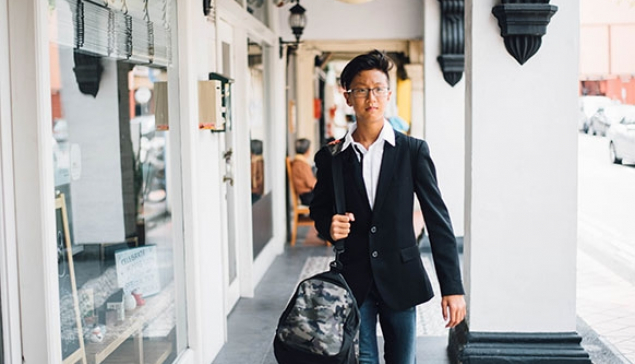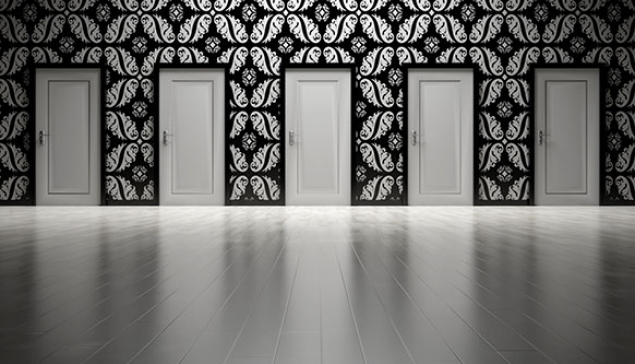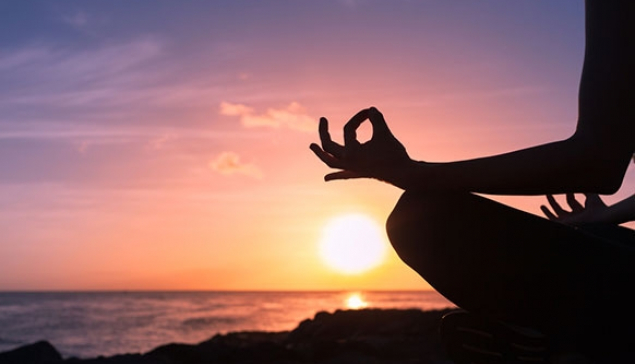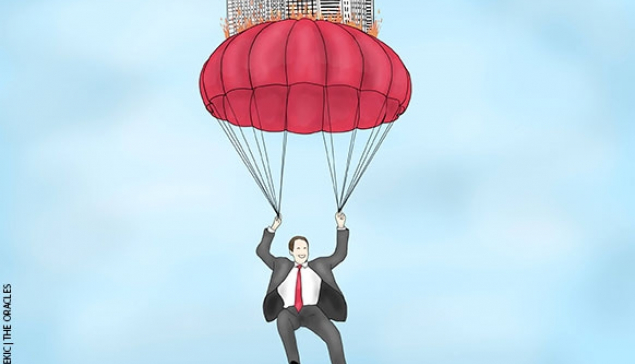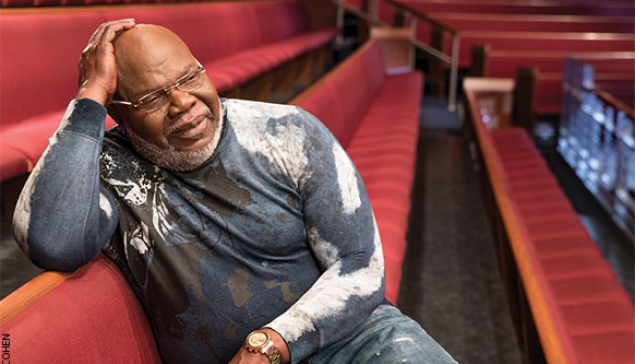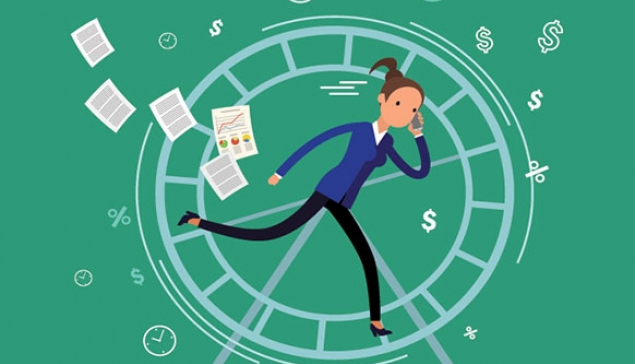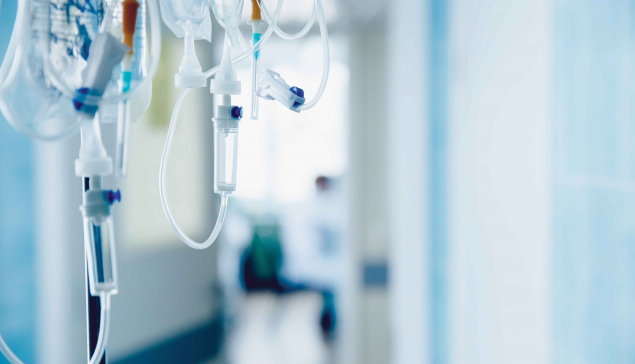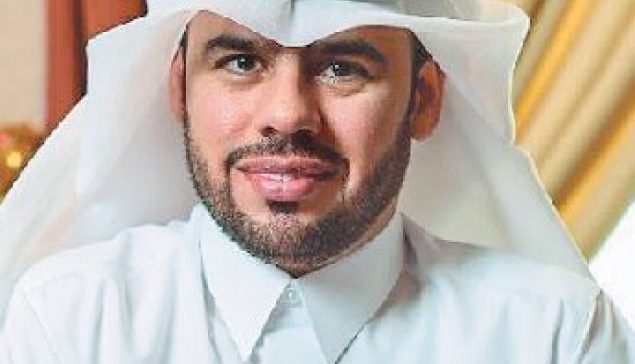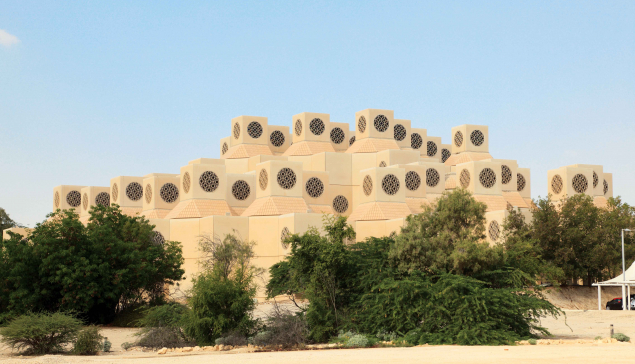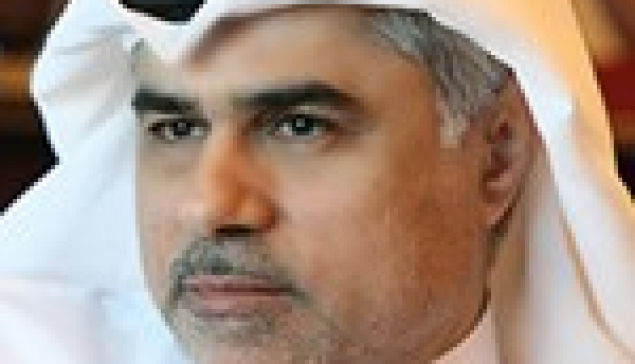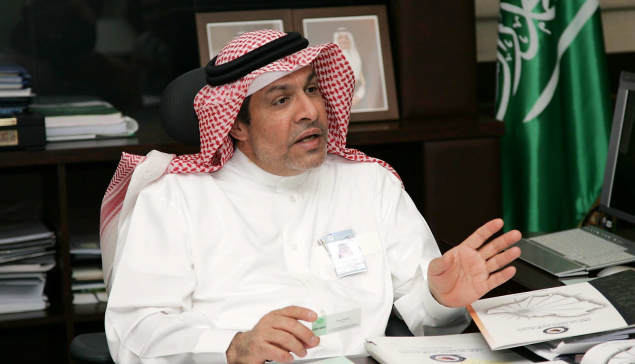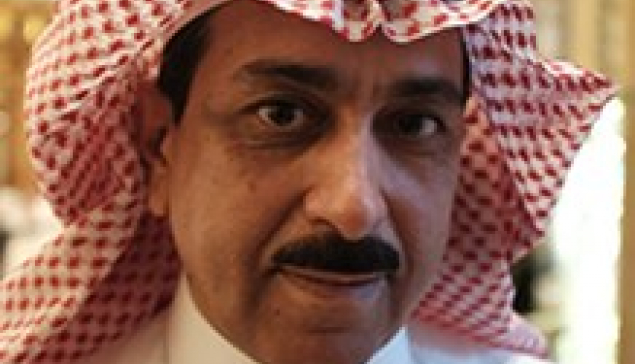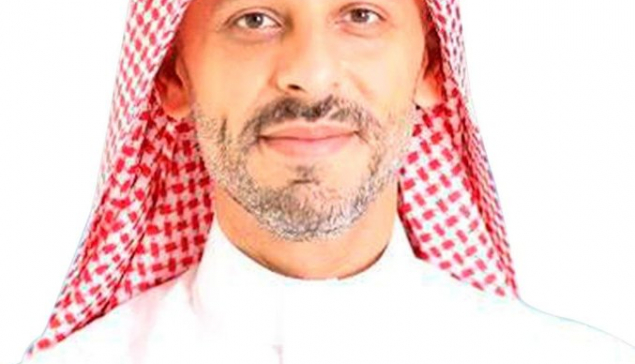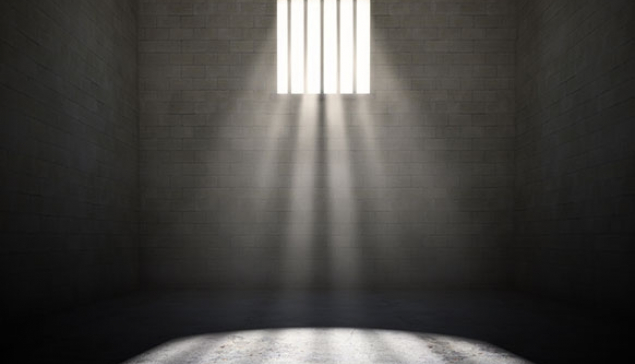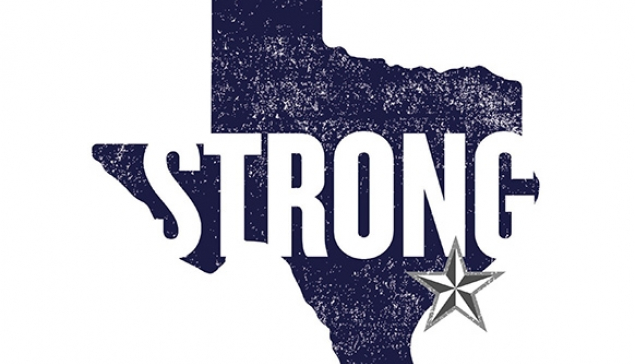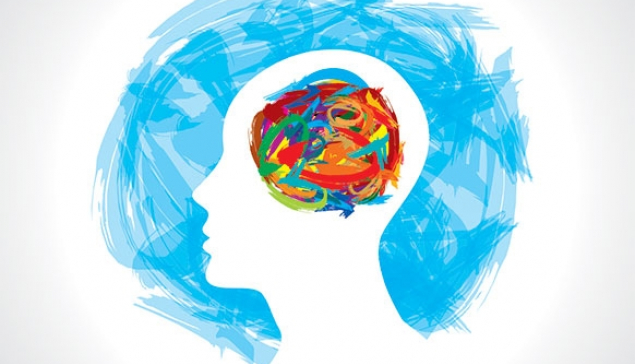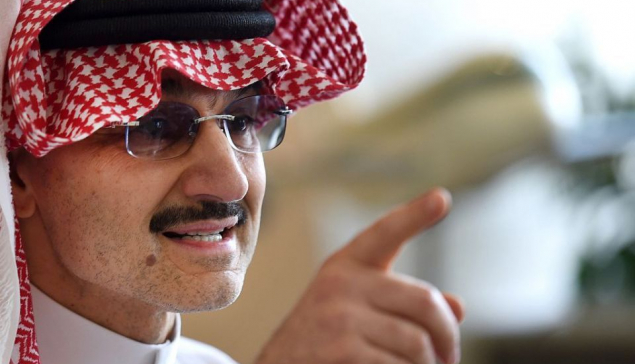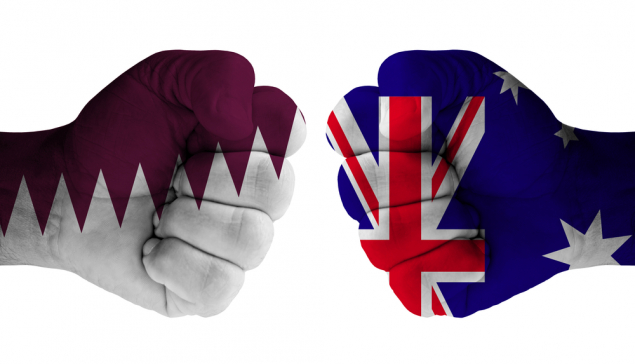What were some of the highlights in Mecca this year, both in terms of visitors for Hajj and Umrah, and also from an organizational perspective?
As part of Vision 2030, it was announced that the Hajj and Umrah would become a source of economic generation in the country. One of the pillars of the Vision is to increase the number of visitors coming to Mecca up to 20 million by 2020, and to 30 million by 2030. The infrastructure in Mecca is prepared for such an increase in the number of visitors, especially after finishing the expansion project of Masjid Al-Haram, the Great Mosque. The roads, particularly the ring roads, have also been improved, and the Mecca-Madina high-speed rail is expected to be finished by the end of this year. This rail will be commissioning tests as of the first half of 2017, and will hopefully begin to transport people by the end of 2017. All these improvements are set to transform Mecca and we hope that these developments will come to pass. In addition to more than 20 four and five-star hotels, there are mega projects for housing, including the Jabal Omar complex which has just been completed. Also, another megaproject for real estate and housing has just begun, and the execution of metro, road, and infrastructure projects are underway.
What is your outlook regarding the completion of major infrastructure projects in Mecca?
Although there is a small chance of delay due to the financial crisis, there should not be any risks concerning the completion of these projects themselves. The projects will go well, especially the ones that need to be in service for the pilgrimage and visitors to Mecca and Madina. We expect a substantial increase in the numbers this year. Last year, we had about 12 million visitors, mostly in Umrah. The Hajj attracted about 2.3 million people in 2016, 1.3 million of whom were visitors from outside of Saudi Arabia. One of the megaprojects that we hope will be started in 2017 is the development of the “Mashair," (the areas for performance of the Hajj), especially Mina and Arafat, which will increase the capacity of the Hajj. The capacity in the “Mashair" is currently limited to less than 2 million people, but once we start this project, it is safe to say that it would accommodate about 4 million pilgrims every year.
A big part of Vision 2030 is religious tourism. What would you also like to see from the governmental side in terms of easing the procedure for international visitors to Mecca?
There is a regulation that has already eased the process for businessmen who travel to Saudi Arabia. It will be a multiple-entry visa lasting from one to three years. Vision 2030 will facilitate visa issuance to visitors. One of the pillars of the Vision is to increase non-oil income.
You feel strongly about turning Mecca into a smart city, to work with innovation and renewable sources of energy. What is your reasoning for this?
If we go through with the plans for making Mecca a smart city, it will first serve the visitors coming from the Islamic world, so they will know everything about the city, its hotels, and services. It will also act as a model for other cities in the Islamic World. We have made considerable progress regarding connectivity. As far as the internet and applications are concerned, there is a new company now established by Umm al-Qura University called “Wadi Makkah." This young company with innovative ideas is working on applications especially designed for Masjid al-Haram and Mina. For instance, there is an indoor navigation system of the Grand Mosque called AlMaqsad. At the moment, we are working on an application for parking lots in Mecca, and another one for city cleaning and smart systems to collect garbage and optimize the journey for collecting it. There is a trend in Saudi Arabia in terms of solar or renewable energy, since the central government has established a city called King Abdullah City for Atomic and Renewable Energy. They have a plan for developing sustainable sources of energy.
In terms of short-term goals, what are your expectations for the year ahead, particularly with regard to organization and visitors?
From an infrastructure point of view, we plan to at least double the number of visitors, particularly from outside of Saudi Arabia. In total we had 8 million pilgrims this year, and we hope to reach 15 million visitors for both Hajj and Umrah, but especially for Umrah. After about three years, we will be able to increase the number of Hajj visitors as well. We would like to double the figures for Umrah and increase the number of Hajj visitors from outside of Saudi Arabia to at least 2 million. Also, with the completion of the new King Abdulaziz International Airport in Jeddah, with an annual capacity of 34 million, bringing visitors here should be much easier. There are more airlines coming, visa issuance has just been made easier for visitors, businessmen, and tourists, especially from Islamic countries, and improved infrastructure in Mecca. All these together will serve to increase the number of visitors to Saudi Arabia.
- Super User
- Real estate and Construction
- Hits: 3484
